Nairn and Elgin Business Improvement Districts (BID) are calling on the Scottish Government to be more proactive when it comes to understanding regional shop requirements with one in six of them now vacant according to new data.
The northern towns’ clarion calls to Holyrood to drill down to local needs comes as the latest information from the Scottish Retail Consortium (SRC) shows “little sign of any improvement” to the shop vacancy rate.
The SRC warned vacancy rates may struggle to “ever fully recover.”
Possibly as a hangover from Covid habits which are seeing fewer shoppers coming into towns every day as they continue with hybrid working, Scotland’s retail vacancy rates are still a fifth higher than pre-pandemic times.
The trend of staff working from home is changing the way consumers shop with far less lunchtime and early evening footfall for example, as habits forced on people during Covid appear to be sticking.
In the fourth quarter of 2022, the Scottish vacancy rate remained at 15.7% for the third consecutive quarter, although this was 0.4 percentage points better than the same point in 2021.
Nairn Connects BID manager Lucy Harding told the Press and Journal: “It would be helpful to retail in general if the Scottish government were to legislate to oblige landlords to make sure that the properties they rent out comply with minimum requirements to make them fit for occupation.”
‘Beautiful sandstone architecture’ expensive to maintain
“The properties that are empty are unfortunately in a poor state of repair and a victim of their own beautiful sandstone architecture, which is very expensive to maintain, and a huge commitment for a tenant to take on.
“If high street vacancies are running at 15% then I’d say Nairn is doing better at 12.9%.”
SRC fourth-quarter data shows shopping centre vacancies remained unchanged at 20.5%, while on the high street, vacancies worsened to 14.8% in the fourth quarter, from 14.7% in Q3.
Elgin BID manager Angela Norrie noted they were approached “every day” by individuals looking to set up in the town, but the problem they face is rateable value on the buildings.
Ms Norrie said: “These rates are outwith the affordability of small independent businesses. This is resulting in the larger properties and units being left vacant for much longer. Elgin is currently sitting at 7.8% which is under the national average.
Government needs to provide further support
“Even in such a crisis as we are all facing, individuals are still interested in coming to Elgin or expanding their current businesses.
“But there is a strong feeling government needs to provide further financial support for all stages or business or for the rateable value and how the system operates to be revaluated to meet the geographic needs of our business community.”
Scottish Retail Consortium director David Lonsdale added there was “little sign of any improvement” to the shop vacancy rate resulting from the ‘golden quarter’ in the final months of 2022, a period which traditionally benefits from pop-ups and temporary lets in the run up to Christmas.
Mr Lonsdale said: “Scotland’s vacancy rate has plateaued over the past three quarters and seems stubbornly stuck at a fifth higher than during pre-pandemic times,
“While there has been a small improvement over the past year the fact is Scotland’s store vacancy rate is above that for Great Britain as a whole, with one in six stores lying empty.
“The volume of empty units is especially marked in shopping centres.”
There was some cheer though among the somewhat gloomy data as shoppers increasingly used retail parks for their ‘one-stop’ purchases – perhaps a further effect of the Covid years.
Cost-of-living and Covid ‘exerting heavy toll’
Retail park vacancies improved to 9.8% in the fourth quarter of 2022, compared to 11% in Q3.
Mr Lonsdale added: “The fallout from the cost-of-living crunch and pandemic is exerting a heavy toll on retail destinations, as does what increasingly looks like a sustained shift towards hybrid working. This could make it trickier for store vacancy rates to ever fully recover.
“Retailers breathed a sigh of relief at the decision to freeze the business rate, which means they’ll avoid a mammoth tax hike whilst grappling with spiralling costs and an uncertain outlook.
‘Burden remains onerous’
“However, the freeze shouldn’t be the limit of the government’s ambition on rates. The burden remains onerous and more than two thousand medium-sized and larger retail premises continue to pay a higher business rate than counterparts or competitors down south.
“Business rates need recasting for the years ahead, beginning with a timetable for returning the poundage to a permanently lower level and faster restoration of the level playing field with England on the higher property rate.”
New concepts coming to market
Local Data Company director Lucy Stainton welcomed the number of empty units at a UK level continuing to fall since they peaked mid-pandemic.
Ms Stainton said: “Retail parks continue to outperform other location types which is perhaps an indication some of those shopping habits formed during the height of covid are sticking – with consumers favouring these drive-to locations and larger format units.
“That being said, shopping centres have also seen a relatively significant decline in vacancy rates with investors in some instances seeing an opportunity to convert space into alternative uses to meet the needs of the local catchment, as well as new concepts coming to market and brands returning to expansion.
“The Christmas trading period seemed to indicate consumers were favouring, and returning to stores, alongside their online spend.”
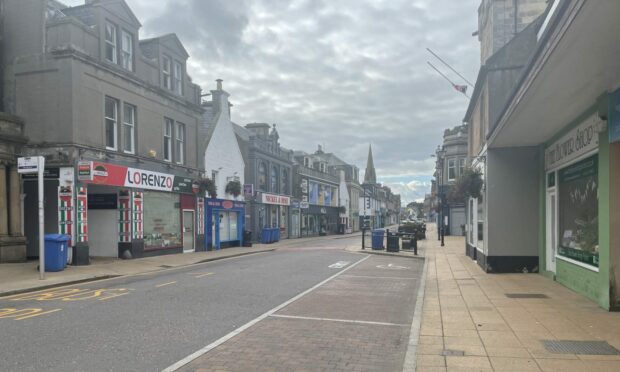
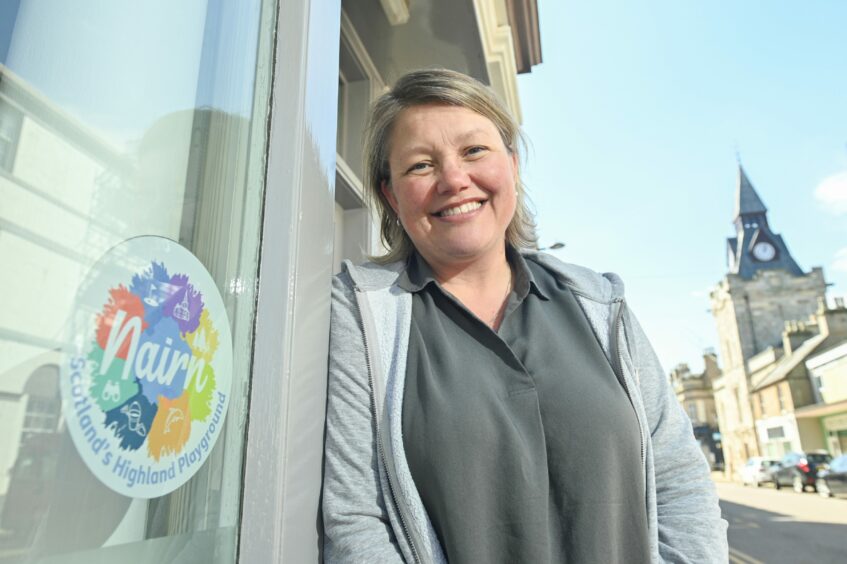
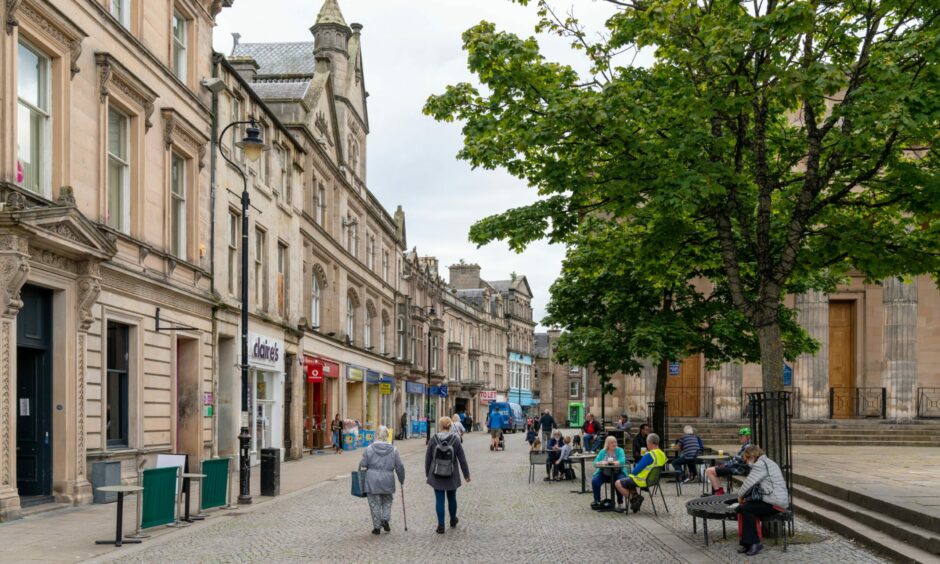

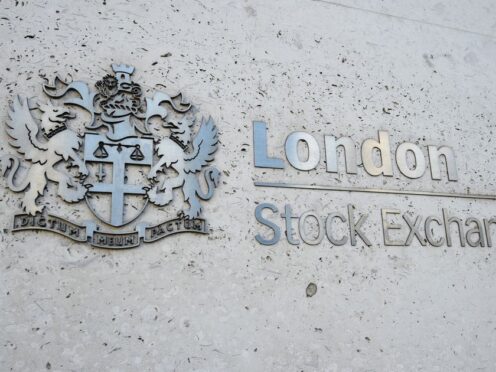
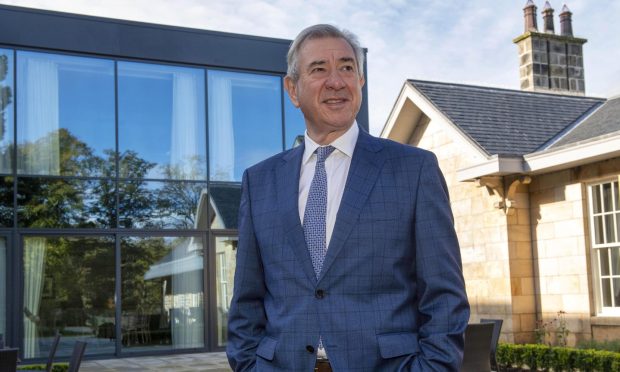
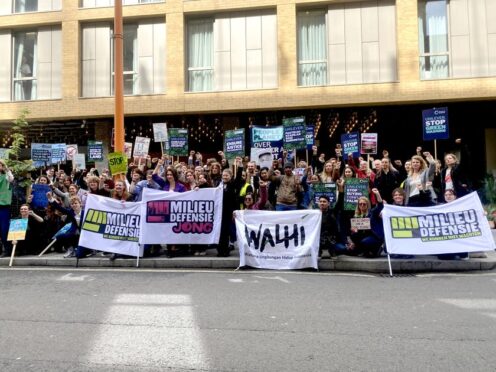
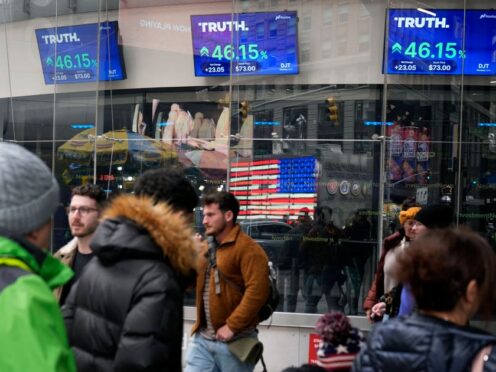
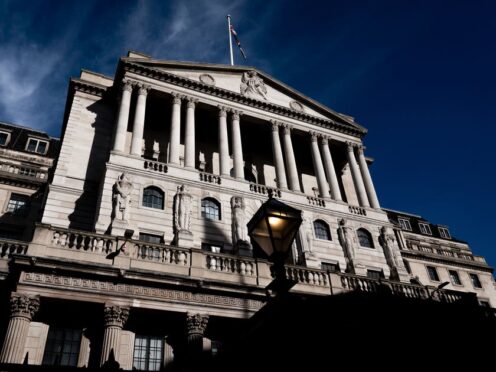
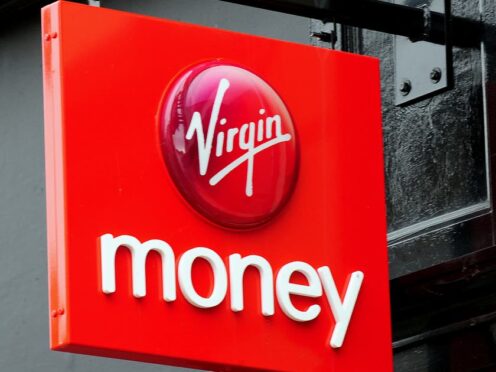
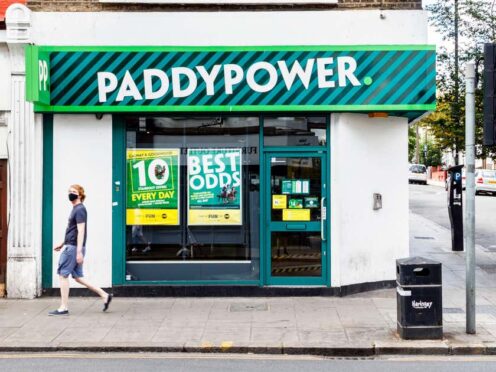
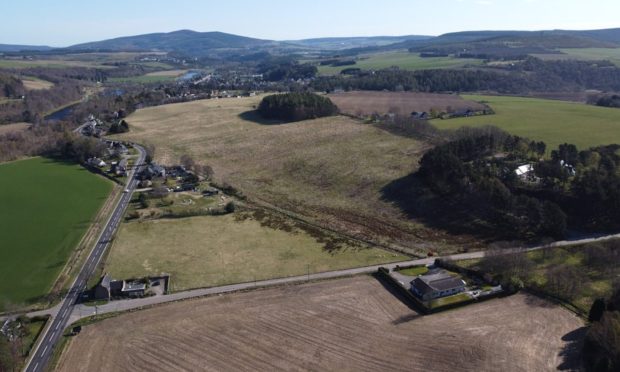

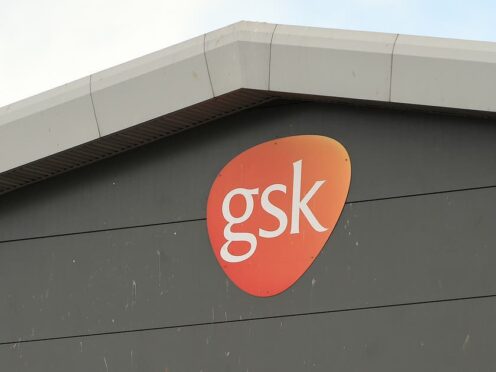
Conversation